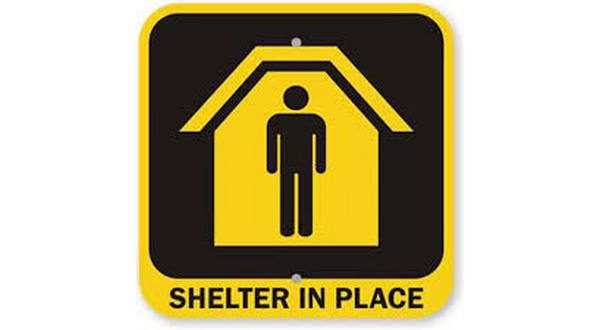
The number of people in Arkansas and the nation sheltering in place, working or learning from home has resulted in unprecedented demand on wireless networks.
— 800 million calls per day, twice the volume of a high volume holiday like Mother’s Day.
— The calls are reported to be about 33% longer in duration than is normal.
Surfing the web has also increased since growing numbers of people are not only sheltering in place, but working and doing school work from home. Verizon said web traffic on its system is up 22% comparing March 12 with March 19.
Playing video games on line has, not surprisingly, skyrocketed since schools have closed.Verizon officials say the company’s fiber optic and wireless networks have been able to meet surging customer demands. The network is being constantly monitored to ensure changes can be made quickly, the company says.In some areas where usage has gone up beyond even the hefty overall increases being experienced, Verizon says it has already added capacity to ensure the network continues to provide uninterrupted service.
The fact Americans are traveling less is highlighted by an almost 30% drop in “mobile handoffs,” meaning when a cellphone user is on the road, the call is passed from one cell site to another, as the person travels, according to Verizon.
AT&T Mobility is experiencing basically the same surges in usage as Verizon. AT&T reports Wi-Fi calling minutes were up 78% on Monday compared to a normal Monday. AT&T’s “core network traffic — including business, home broadband and wireless usage” was up 27%.
WebReadyTM Powered by WireReady® NSI










